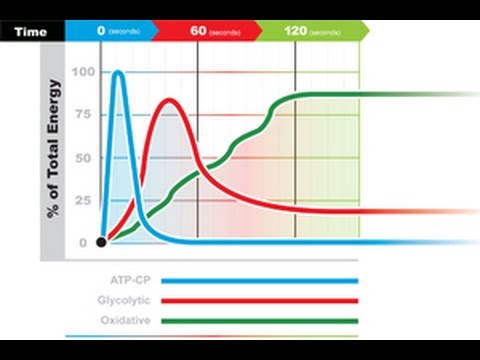Bike fit road anatomy
Bike fit
A cyclist that is properly fitted to his/her machine is easily recognized
- by their seemingly effortless ability to handle the machine dynamically with ease and with no wasted motion.
- for their stability and comfort with everything that they do on the bike.
- ability to adapt to variations in pace with no change in position
All movements are done with alarming ease as if the bicycle was an extension of the rider’s body.
Dynamic Stability
All movements lead to forward motion of the bicycle. A properly fitted rider shows:
- no recruitments of muscles that do not move the bicycle forward.
- stability without rigidity and is easily able to cope with the demands of the road, weather, riding companions and other road users without the cessation of the pedaling action.
- the ability to stand easily without cessation of pedaling
- capacity to recruit other muscles, while relieving the heavily used muscles when seated.
- the use of his or her body weight to handle changes in terrain, without putting undo strain on the body.
Breathing
The comfort produced by a good bike fit allows the rider’s torso
- to remain relaxed while pedaling
- to effeciently use oxygen which is then delivered to the working muscles.
- to avoid using muscles that do not move the bike forward
- to utilize more oxygen and handle a higher workload for longer durations.













